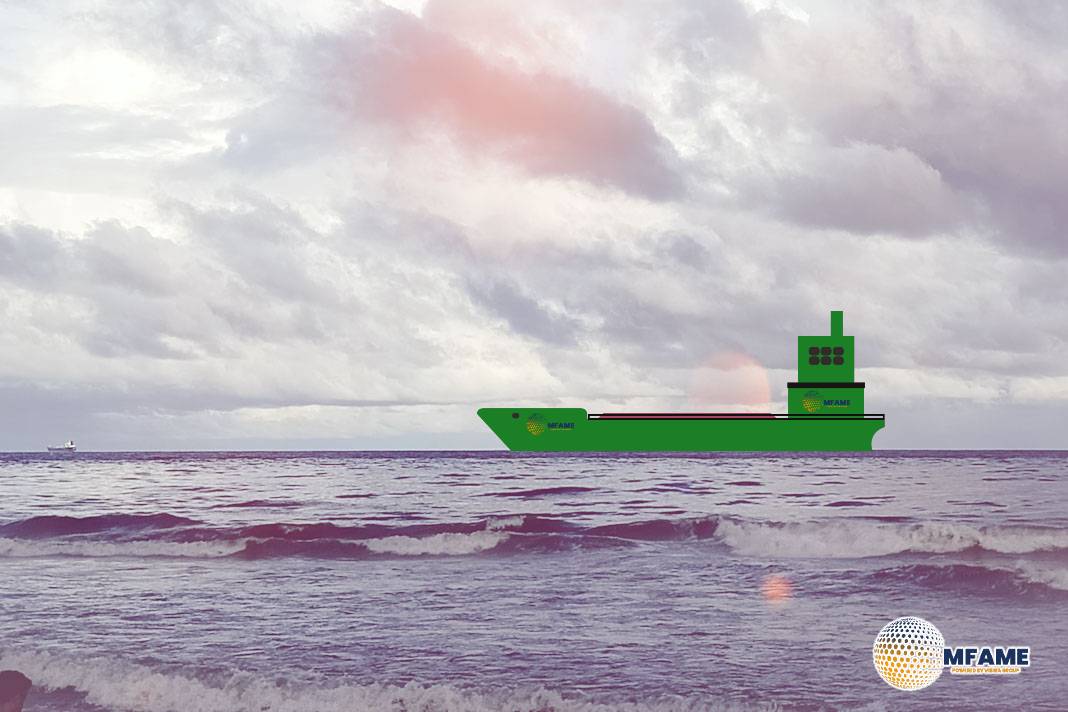- New Policy Alters Fee Structure and Fleet Exposure.
- Cooling-Off Period Allows Fleet and Trade Adjustments.
- Panamax Vessels Face High Exposure and Cost Impact.
The suggested fee within the USTR model may render Chinese-operated and Chinese-owned ships obsolete for US trade. This would potentially create a port call shift, where non-Chinese ships still call on US ports while Chinese-owned or operated ships call elsewhere, reports Drewry.
Overview of the Policy and Market Exposure
The world dry bulk fleet is dominated largely by Chinese-owned and operated ships, holding around 53% of the overall fleet. Under the former USTR policy, operators with any Chinese-built ship in their fleet or orderbook were assessed compliance fees, restricting the fee-free operating pool to only 20% of the worldwide fleet.
The new policy has eased this requirement and implemented some exemptions, lessening its overall impact on fleet operations. The Capesize market is likely to be the least impacted by the new USTR policy, not because of an exemption but owing to its unique trade patterns. Although the US uses Capesize ships for certain bulk commodities, their involvement in US trade is minimal. Consequently, only 7% of the Capesize ships covered by the policy’s scope visited US ports between 2024 and 1q25.
Realignment and Strategic Adjustments
The 180-day grace period leading up to the complete implementation of the fee regime presents a golden opportunity for fleet and trade restructuring. Within this duration, operators will be required to:
- Rechart ships to prevent US exposure
- Relocate cargoes to non-Chinese-built or owned vessels
- Seek arrangements with less-affected carriers
Yet, fleet realignment opportunities are not homogeneous across operators. Almost 1,000 operators have only one Chinese-built ship, and hence limited realignment opportunities. If this ship consistently operates on US routes, it may lead to serious commercial disruption. Large players such as COSCO Shipping, Oldendorff Carriers, Star Bulk Carriers, Golden Ocean Group, and Vale, whose fleets are over 70% Chinese-built, will be facing significant difficulties in evading fee exposure. Their capacity to reroute or replace ships would be limited, resulting in efficiency losses and increased expenses.
Panamax Segment Most Exposed
The Panamax is the most vulnerable of all ship types because of its high level of representation in US trade and ship size, which is classified under Annexe I. Most Panamax ships routinely operate long-haul grain trades like the US Gulf to Japan, which are subject to charges.
The economic effect on this route would be substantial, as freight rates could rise by almost $15 per tonne, meaning a 25% boost to spot rates per trip. This has a direct bearing on competitiveness in major export markets, especially for bulk commodities such as grains.
Short-Haul Trades and Exemptions
One of the strengths of the policy is the exemption given to short-haul routes less than 2,000 nautical miles. These routes, encompassing trade with the US and neighbouring nations like Canada, Mexico, and the Caribbean, are shielded from the cost imposition of the policy and are set to remain resilient.
Further, ships calling US ports in ballast (tanking) are exempt from the fee, minimising exposure for repositioning ships, especially those that participate in outbound grain trades.
Did you subscribe to our daily Newsletter?
It’s Free Click here to Subscribe!
Source: Drewry
















